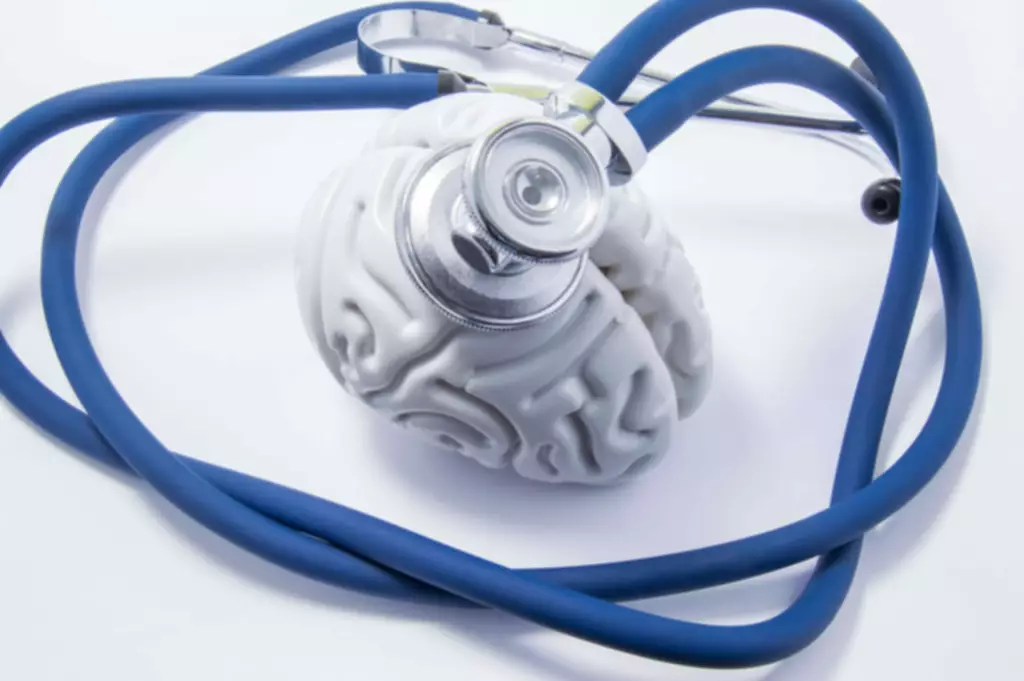Alcoholic Ketoacidosis CCC Endocrine

When your liver uses up its stored glucose and you aren’t eating anything to provide more, your blood sugar levels will drop. Thus, EtOH consumption for 9 days led to etoh ketoacidosis significant decreases in caloric intake in diabetic and nondiabetic mice, compared with the respective control groups. In case no such history is available due to any reason, diagnosis can be made based on response to insulin as an alcoholic diabetic patient of AKA and DKA responds differently. Laboratory investigations revealed metabolic acidosis with pH 7.23, anion gap 23, positive urinary ketone, blood sugar 14.6 mmol, serum bicarbonate 13.5 mmol, serum lactate 10.1 mmol/L, and serum β-hydroxybutyrate 5.5 mmol. Laboratory values were significant for hypomagnesemia and hypophosphatemia. The clinical and biochemical features of AKA are summarised in boxes 1 and 2.
Differential Diagnosis of Ketoacidosis in Hyperglycemic Alcoholic Diabetic Patient: Role of Insulin
- In control LD-fed nondiabetic mice, there were no significant changes in blood βOHB concentrations from day 1 (0.55 mM) to day 9 (0.53 mM).
- During this period of starvation, vomiting continues and abdominal pain develops, leading the patient to seek medical attention.
- If severe hypokalemia is present dextrose containing fluids can be held until potassium levels are normalized.
- Your doctor and other medical professionals will watch you for symptoms of withdrawal.
- If you have existing liver disease in conjunction with AKA, the prognosis may be less favorable.
8D, EtOH consumption led to a marginal but statistically insignificant increase in the mRNA expression levels of srebpf1, the gene involved in hepatic lipogenesis in diabetic as well as nondiabetic mouse liver. Increased systemic levels of βOHB are primarily attributed to enhanced hepatic ketogenesis, which occurs when acetyl-CoA generated through β-oxidation of fatty acids exceeds cellular energy requirements 10, 11. As an initial step in the ketogenic pathway, thiolase enzyme catalyzes the condensation of two molecules of acetyl-CoA to form acetoacetyl-CoA 10–12. Subsequently, acetyl-CoA condenses with acetoacetyl-CoA to form hydroxymethylglutaryl-CoA (HMG-CoA) in a reaction catalyzed by HMG-CoA synthase-2 (HMGCS2), the rate-limiting enzyme in ketogenesis. HMG-CoA is sequentially metabolized by HMG-CoA lyase and βOHB dehydrogenase to form AcAc and βOHB, respectively, which are then released into the systemic circulation.
- Overall, malnutrition caused by alcohol addiction emerges not only in physical appearance but also in emotional and behavioral changes, emphasizing alcohol’s tremendous impact on both the body and the mind.
- Alcohol abuse treatment programs teach people how to move into an alcohol-free lifestyle while teaching them healthy coping strategies.
- Without insulin, most cells cannot get energy from the glucose that is in the blood.
- A person who isn’t eating properly and getting the nutrition the body needs from food because they’re drinking heavy amounts of alcohol instead, starts to get a buildup of excessive amounts of ketones in the body.
Results
By providing holistic care that addresses both medical and addiction-related needs, Hanley Center fosters a supportive environment for individuals to achieve lasting health and sobriety. The condition is further exacerbated by lipolysis, which releases free fatty acids into the bloodstream, and intravascular volume contraction. Additionally, it has been found that episodes of AKA are often triggered by a lack of oral nutrition over a period ranging from one to three days, particularly in individuals with a history of alcohol use disorder (AUD). Free fatty acids are either oxidized to CO2 or ketone bodies (acetoacetate, hydroxybutyrate, and acetone), or they are esterified to triacylglycerol and phospholipid. Carnitine acyltransferase (CAT) transports free fatty acids into the mitochondria and therefore regulates their entry into the oxidative pathway.
Cocaine Withdrawal Signs and Symptoms
Diagnosis typically involves laboratory tests, including arterial blood gas (ABG) measurement and serum chemistry assays, to confirm the presence of ketones and the degree of acidosis. Patients with AKA require prompt medical attention to address the underlying metabolic disturbances and prevent further complications. Alcoholic ketoacidosis is also commonly accompanied by the symptoms of dehydration, which include feeling thirsty, weak, dizzy, and lightheaded. If you were to ignore your symptoms, though, you could end up with a life-threatening condition like a heart attack or seizure, or a differential diagnosis.

Bedside testing reveals a low or absent breath alcohol, normal blood sugar, metabolic acidosis, and the presence of urinary ketones, although these may sometimes be low or absent. An altered level of consciousness should prompt consideration of alternative diagnoses such as hypoglycaemia, seizures, sepsis, thiamine deficiency, or head injury. Arterial blood gas and biochemistry studies reveal a raised anion gap metabolic acidosis without evidence of lactic or diabetic ketoacidosis. Often, blood alcohol levels are no longer elevated when patients present with alcoholic ketoacidosis. Alcoholic ketoacidosis is a potentially life-threatening metabolic disorder that arises when there is an excessive buildup of ketones in the blood, accompanied by metabolic acidosis.
Treatments for Alcohol Use Disorder

So the management was done very aptly by starting insulin and dextrose saline simultaneously in view of AKA in a patient who was diabetic. On the third day, he developed symptoms of alcohol withdrawal for which he was maintained on an increasing dose of benzodiazepine. Jenkins et al2 suggested that alcohol induced mitochondrial damage might account for AKA. Alcohol produces structural changes in human liver mitochondria within days. Fulop and Hoberman5 argued that a functional abnormality is more likely to be responsible, as even severe AKA usually improves rapidly with treatment. They attributed this to the administration of therapy (intravenous dextrose) rather than the withdrawal of the toxin, ethanol.

Antiemetics such as ondansetron or metoclopramide may also be given to control nausea and vomiting. Liver tissue lysates (20 μg protein each) were electrophoresed using precast 4–12% NuPage mini-gels (Life Technologies, Carlsbad, CA). For western blot analysis, the resolved proteins were transferred to PVDF membranes (EMD Millipore, Burlington, MA) as described alcohol rehab 42. The protein bands were normalized using β-actin as the loading control 24, 44, and quantified using Quantity One software (version 4.6.9). All alcoholic patients presenting with acute illness should be offered contact with addiction services prior to or following discharge wherever possible. All chronic alcohol misusers attending the ED should receive intravenous B vitamins as recommended by The Royal College of Physicians.23 Strenuous efforts must be made to exclude concomitant pathology.
